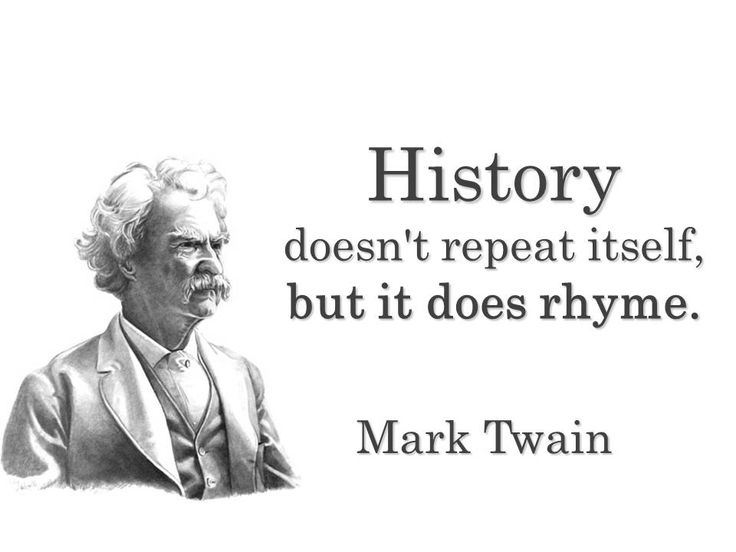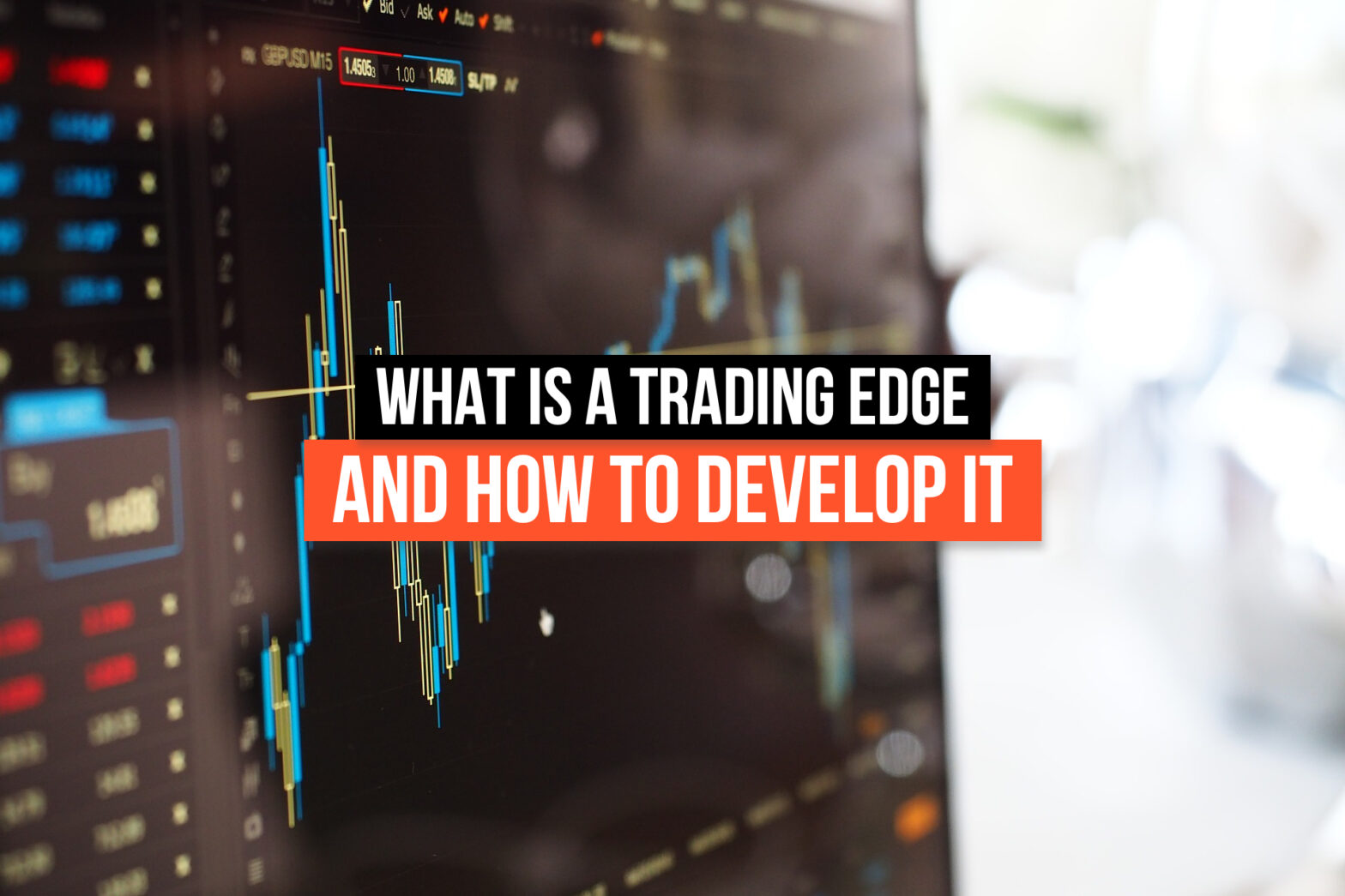It is very usual to use the term edge in the trading environment, and the majority of times without exactly knowing what it means.
From the very beginning, traders and financial figures always liked to invent terms for the niche that only they can understand.
More often than not, those “slang” words are meant to describe something very basic. It is the case of edge.
A trading edge is a necessary component of the trader’s arsenal, essential to his success.
Knowing how to develop an edge and, most importantly, how to maintain it, represents the first practical way to attain many achievements in the trading world.
What is an edge?
In financial slang, “edge” has various interpretations, but they can be summarized by one single and straight-forward sentence:
The edge is the advantage that you have over the other market participants.
It is the component that permits you to profit in the market and to be consistently successful.
There are three types of edge:
- Behavioral edge
- Analytical edge
- Informational edge
Behavioral edge
This type of edge refers to having a behavioral virtue.
It is a treat of one’s personality that enables him to resist uncomfortable situations or take advantage of the opportunities, without incurring inconvenient impulses and instincts.
A behavioral edge can be described as pro-level discipline, self-control, and consciousness.
This is by far the truest edge in the trader’s character. The majority of market participants deeply suffer from the weaknesses of human nature, and it is well-established that the human nature can’t survive the market.
Analytical edge
Analytical edge refers to a superior capability of analysis — It can describe a strategy, a technique, an approach, a powerful natural intuition.
This advantage is what nowadays traders concentrate their time on the most. While representing a powerful attribute, it is also important to make sure that it does not lead to an underestimation of the other types of edge.
The analytical edge must be always accompanied by strong discipline and commitment.
Experience of the market and screen time is surely what contributes to having an analytical edge that truly represents the keystone of your trading.
Informational edge
Informational edge is the preferred advantage for big players.
Any kind of information that contributes to a correct perspective upon an asset or a whole sector is an immense edge over those who do not possess it.
Informational edge can be split into two categories: legitimate and illegitimate.
Knowledge and culture represent the legitimate category, gained through mind labor and legal sources.
Insider information, provided by figures that have an active role in the asset, or simply are aware of secret info, corresponds to the illegitimate category. Insider trading is illegal and severely punished by the law.
How to maintain an edge
Regardless of what your edge is, there are two main principles that will make it work properly and optimize its potential.
Without these principles, the edge is annihilated and loses its effectiveness.
Correct position sizing
Defining the correct size of your position is crucial to avoid killing your edge. It is included in risk management, but it is worth expanding the matter.
Using sizes that are too large or too small is a great strategy to lose money despite having whatever invincible edge.
Be careful — positions both too large or too small.
Remember that mediation is always the best choice. The greeks would say that everyone should seek the golden mean.
A reference rule to consider is that the trader must be able to sustain 10 consecutive losses and aim for the relative total loss of a maximum of 25%.
The purpose of using the right size is to limit the impact of the single trade but to maintain the potential of your edge.
For example, too much leveraging can kill your edge very easily;
Practically, what your leverage does is to sacrifice your edge in favor of your position size, that is risk.
Risk management
Your risk is connected to the timeframe you’re using.
Managing risk implies choosing a certain degree of volatility and adapting our trading to the timeframe that corresponds to it;
So say we want to trade into an environment of x amplitude of volatility: we should stick to a timeframe with that kind of amplitude.
Or contrariwise, choosing the timeframe first and adapting our trading to its volatility.
The risk/reward ratio defines the volatility you want to use. It pretty much depends on how much you’re willing to risk in terms of percentage.
In case you give priority to the timeframe, that would depend on the density of your activity, but also your type of trading.
There are some markets that have an average range of movement of 10% in a week, and there are markets that move 10% in a year.
The stop-loss of your trades needs to be conceived following this concept.
One common misconception is that using tighter stop-losses is a way to have less risk: it it is completely illusory because instead, you’re going to be stopped out more often. You may want to consider time as well as space.
How to develop an edge?
Bruce Lee once said: “I’m not scared of a guy who practiced 10,000 kicks, I’m scared of the guy who practiced 1 kick 10,000 times”.
Practice your edge, develop it and become the best at it. After all, you only need 1 very well-landed kick.
The key to having an edge is making correct use and understanding of history and information.
Developing an analytical edge
The charts are an historical representation of the markets.
Whatever event there was in the past, it also had a future. The great gift of historical data is to be able to see the future of a past event.
When you analyze history, have in mind that time is relative.
Acknowledging this, transfer your mind to the past event and treat it as the present —now you can see with a much more efficient, real perspective; The game changing thing, is that you have the special possibility to see the future of that present. You can potentially have a full understanding of why that future happened.
Hey There! Here comes our good friend Mark Twain:

As already said, you don’t need 10,000 things, you need that one thing which you studied, and recognized, and practiced 10,000 times.
Find your thing, become the best at it and operate with it.
This is the true mindset you need to get an incredibly powerful analytical edge.
Developing a behavioral edge
The past teaches you what were your behavioral mistakes, and the present confirms if they’re still there or not.
Moreover, the future of your behavioral edge is the easiest to predict — you very well know about your behavior, and you very well know what will happen when you get scared or greedy, or simply emotionally unstable.
If you manage to analyze your past and correct what has been wrong with your behavior, you will surely have a behavioral edge.
This advantage over undisciplined and emotionally sensible people is the greatest edge you can have as a trader. This is the root of all edges.
Every edge depends on the trader’s capacity to discipline his behavior.
Shape your mindset to success with discipline and self-control.
If you want to upgrade your behavior and reach the successful trader status, check out 10 Signs Of A Good Trading Mindset.
Developing an informational edge
Information is what most traders believe is the ultimate, true key to winning in the market. It is not a case that whales and institutional investors are always seeking secret info that no one knows about.
This is often not legitimate: getting info from insiders will take you to court for insider trading.
Today is much easier to have access to special knowledge because the internet has democratized the environment.
But informational edge can also be interpreted as the quantity of knowledge of the sector or the asset, being it the set of researches and studies in that specific matter.
“Do your research” is the magic sentence: become the most acknowledgeable trader in your sector.
Thanks to this, you will have a huge advantage over those people who throw their money into the market having no clue of what they’re doing.
In conclusion
The trader’s edge is ultimately his true success. Each of his virtues constitute his edge.
This must be respected and wisely preserved: only with the right conception of the risks, the trader can truly take advantage of his capabilities and benefits.
Remember: at the end of the day, being the best at one thing is the true edge, but there’s also an edge in having a broad education.
Imagine what happens if you have a broad education, and plus you’re phenomenal in one or even two or three matters?
Everything always ends up to the same virtue: Knowledge.
Everything described in this article has the sole purpose of being informative and providing general information. The author has no intention of providing any financial advice, legal advice, or tax advice. Do not rely on this article to make investment decisions. Seek professional help before making any such decision. The author does not take any responsibility for loss or damage of any nature. The use you make of the information contained in this article is your sole responsibility.
